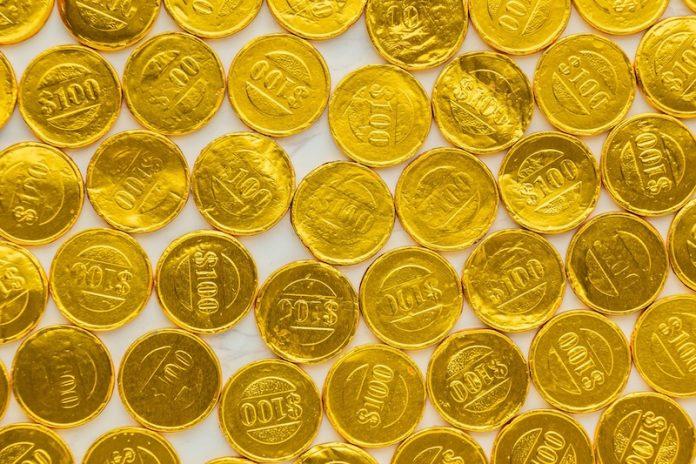
For a long time, scholars have debated how money first came into existence. Two well-known ideas explain its origins: the commodity theory and the chartalist theory. However, both have their weaknesses when applied to ancient societies.
Now, archaeologist Dr. Mikael Fauvelle has introduced a new idea that may better explain how money started. His study, published in Journal of Archaeological Method and Theory, suggests that money first developed as a solution for long-distance trade rather than for local barter or government control.
The Traditional Theories of Money
The commodity theory suggests that money was created to solve problems with barter, where people trade goods directly. Imagine a farmer who has wheat but needs shoes—barter would require finding a shoemaker who needs wheat at the same time. This system is unreliable, so money developed as a way to make trading easier.
However, research has shown that pure barter societies were rare in history. Most traditional communities relied on trust and delayed exchanges, meaning people often gave and received goods without trading at the exact moment.
The chartalist theory, on the other hand, argues that money was introduced by the state to collect taxes, pay tribute, and finance wars. But this explanation only works for societies that already had governments. It doesn’t explain how money worked in pre-state societies, where no formal taxation existed.
A New Idea: Money for Long-Distance Trade
Dr. Fauvelle’s Trade Money Theory proposes that money was not created for solving local barter problems or for taxation. Instead, it was used for trading across long distances. In small communities, people could rely on trust-based exchanges, but long-distance trade required a common standard of value that was recognized by strangers.
To support this idea, Fauvelle studied two historical cases:
Shell Bead Money in Western North America
Indigenous societies in North America used shell beads as money for thousands of years. Spanish explorers documented long-distance trade routes where traders carried large amounts of these shell beads.
These trade networks stretched from the Pacific Coast to the Mississippi River, covering thousands of kilometers. Since traders crossed different cultures and languages, they needed a form of money that was accepted everywhere, rather than relying on trust-based exchanges.
Bronze Money in Ancient Europe
During the Bronze Age, standardized bronze and copper ingots were used as money across Europe. These ingots, along with rings and axes, were made in standard sizes, making them useful for trade.
The raw materials for bronze, such as tin and copper, were only found in a few places, like the British Isles, the Alps, and the Mediterranean. To obtain these resources, traders needed a reliable way to exchange goods across vast distances.
How Trade Money Became Local Money
Over time, money used for long-distance trade likely spread into local economies. Once people saw the benefits of using money, it could have been adopted for internal trade, tribute payments, and later, taxation.
Dr. Fauvelle explains, “Using money would have made long-distance trade much more efficient. It also could have helped create wealthier elites in societies, as we see in ancient California, where chiefdoms developed along the coasts and islands.”
Why This Research Matters
This study challenges the idea that money was only created by governments. Instead, it suggests that money could have developed naturally in societies that traded over long distances.
Dr. Fauvelle believes that this idea could apply to other ancient cultures as well. He suggests looking at regions like Mesoamerica or the Pacific Islands to see if similar patterns exist.
“Many traditional societies used money even without state control and taxation,” he says. “This study provides one possible explanation for how money could have emerged on its own.”
By understanding the true origins of money, researchers can gain deeper insights into how economies evolved and how trade shaped human societies throughout history.
The research findings can be found in the Journal of Archaeological Method and Theory.
Copyright © 2025 Knowridge Science Report. All rights reserved.



